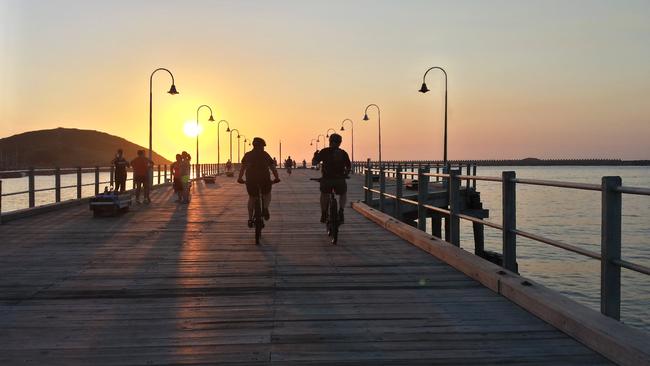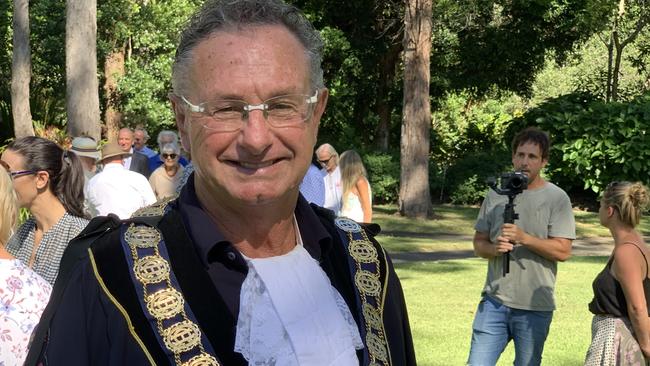Coffs Harbour council rejects NSW Government’s jetty foreshore plan
Mayor Paul Amos had to warn the public gallery to quieten down before councillors voted to reject the NSW Government’s current jetty foreshore masterplan. See who voted for and against:
Coffs Harbour
Don't miss out on the headlines from Coffs Harbour. Followed categories will be added to My News.
Well before Paul Amos was elected mayor of Coffs Harbour City Council he made his stance on the redevelopment of the Jetty Foreshore Precinct clear.
And now he has led the charge to formally reject the NSW Government’s current draft masterplan for the precinct at the council meeting on Thursday evening, June 9.
“I’ve made no secret of my concerns over the way the draft masterplan has ignored the majority of residents who want to keep the public open spaces that are such a feature of the foreshores,” Mr Amos said.

He proposed the successful motion which received the support of all councillors except Rodger Pryce, Tegan Swan and George Cecato.
At one point Mr Amos had to warn supporters of the state government plan who turned up in force on Thursday evening to quieten down as the debate fired up.
“We’re a growing city and we have to safeguard our important public recreational areas for the future,” Mr Amos said.

Council has resolved not to support the draft masterplan, which is currently on exhibition for public comment, on a number of grounds including that the draft plan does not adequately reflect the desire of a majority of the community to retain the open space in the precinct for leisure and recreational needs as the city grows.
Mr Amos says the draft plan also fails to provide adequate carparking in the critical high use areas of the Foreshores and fails to acknowledge the spike in parking demand at weekends.

There are also concerns over the impact that the proposed tall buildings in the Masterplan will have on current and future users of the open spaces.
The motion also formally recognises the conflict between the state government plan and council’s adopted Local Growth Management Strategy that aims for a condensed city model in which public open space is highly valued.
It also notes the disconnect between the findings of the NSW Government’s first consultation exercise and the draft masterplan put out for the second round of public consultation.




